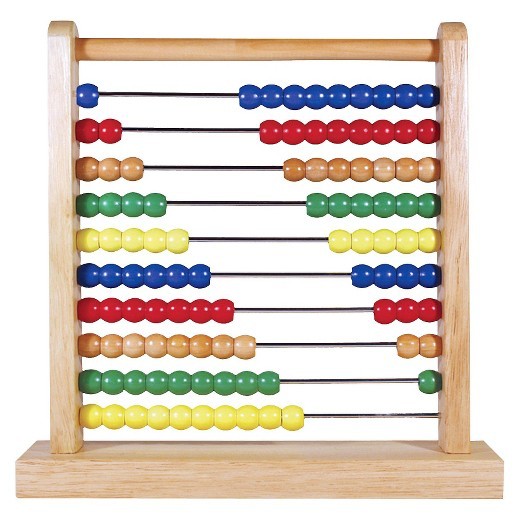HISTORY, GENERATIONS AND CLASSIFICATION OF COMPUTERS
Evolution of the computer system
The word ‘computers’ comes from the word compute which means ‘to calculate’. Computers were developed from calculators as the need arose for more complex and scientific calculations. Charles Babbage is known as the father of computers because of his immerses contribution to the world of computing. His ideas were soon developed into a programmable computer that could calculate and print logarithmic tables with high precision. Although, he was confronted with many practical problems that slow down the progress, his contribution can never be swept under the carpet.
Have you signed up with Rakuten yet? It's the best site for earning Cash Back. Get a $40 bonus when you sign up with the link below and spend $40. It's free! 🤩
sign up now!
The computer as we have it today is a result of extensive research and development through the decades. The reason for the emergence of the computer and a brief history of its evolution are outlined below.
As a matter of fact electronic data processing does not go back more than just half a century i.e. they are in existence merely from early 1940’s. In early days when our ancestors used to reside in cave, counting was a problem. Still it is stated as becoming difficult. When they started using stone to count their animals and their other possessions, they never knew that this will lead to the computers of today. People today started following a set of procedure to perform calculation with these stones, which later led to creation of a digital counting device, which was the predecessor to the first calculating device invented, known as ABACUS.
THE ABACUS
Abacus is known to be the first mechanical calculating device, used to perform addition and subtraction easily and speedily. This device was first developed by the Egyptians in the 10th century B.C, but it is divided into two parts called ‘Heaven’ and ‘Earth’. Heaven was the upper part while Earth was the lower one. Thus any number can be represented by placing the beads at proper place.

NAPIER’S BONES
As the need for calculation grew, Scientists started inventing better calculating devices. Consequently, in 1617, john Napier of Scotland invented a calculating device called the Napier’s Bones machine.
Have you signed up with Rakuten yet? It's the best site for earning Cash Back. Get a $40 bonus when you sign up with the link below and spend $40. It's free! 🤩
sign up now!
In this device, Napier used the bone rods for the counting purpose where some number is printed on these rods such that one can do addition, subtraction, multiplication and division easily.
PASCAL’S CALCULATOR
In the year 1642, Blaise Pascal, a French scientist invented an adding machine called Pascal’s calculator, which represents the position of digit with the help of gears on it.

This calculator uses a series of toothed wheels, which were turned by hand and which could handle numbers up to 999,999,999. Pascal’s device was also called the “Numerical Wheel Calculator” and was one of the world’s first mechanical adding machines. Until the present age when car dashboards went digital, the odometer portion of a car’s speedometer used the same mechanism as the Pascaline to increment the next wheel after each full revolution of the prior wheel.
LEIBNZ CALCULATOR
In the year 1671, a German mathematician, Gottfried Leibniz modified the Pascal calculator to develop a machine which could perform various calculation based on multiplication and divisions as well.
Have you signed up with Rakuten yet? It's the best site for earning Cash Back. Get a $40 bonus when you sign up with the link below and spend $40. It's free! 🤩
sign up now!

Comments
Post a Comment